If you’ve ever looked at a metal pipe and thought, "How am I going to get through that?"—you’re not alone. Many DIYers and pros alike wonder whether their reciprocating saw can handle such a tough job. Grab your safety glasses (and a cup of coffee)—we’re diving into whether reciprocating saws are actually good for cutting metal, and how to maximize your success, sprinkled with a few laughs along the way.
What Are Reciprocating Saws, and How Do They Work?
A reciprocating saw, sometimes called a "Recip saw" or "Sawzall," is a power tool famous for its push-and-pull blade action. Picture a mini chainsaw minus the intimidation factor. With its fast back-and-forth motion, a reciprocating saw makes straight and curved cuts in wood, metal, and even plastic.
- Versatile tool: It’s used for demolition, rough carpentry, plumbing, electrical jobs, and landscaping.
- Easy to handle: Designed for one-handed or two-handed operation.
- Blade swap: Changing blades is usually tool-free and takes seconds.
Think of the reciprocating saw as the Swiss Army knife of the power tool world—ready for battle, especially when paired with the proper blade.
Can a Reciprocating Saw Cut Through Metal?
Absolutely! Let’s clarify: a reciprocating saw itself can cut metal, but the secret is using the right blade. The body of the tool provides the power and motion, but it’s the blade that does the heavy lifting with metal.
- Common metals cut: Steel conduit, copper pipe, aluminum, sheet metal, cast iron (with patience).
- Typical applications: Cutting through old nails during renovations, trimming rebar, and modifying steel studs.
- Capabilities: With the right technique, they’ll zip through metal like a hot knife through butter—or at least a warm one.
But as with all things in life, success comes down to the details.
How to Choose the Right Blade for Metal Cutting
This is not a case of "one blade fits all." To efficiently cut metal with a reciprocating saw, blade selection is critical.
- Material: Blades for metal cutting are typically bi-metal or high-speed steel.
- Teeth Per Inch (TPI): Metal blades have a higher TPI—usually between 8 and 24. More teeth mean smoother, finer cuts.
- Length, width and thickness: A longer blade offers better reach but can flex more. A thicker blade resists bending.
One standout you should know about? EZARC reciprocating saw blades. Designed for serious metal work, EZARC blades are engineered with advanced bi-metal construction, offering both longevity and sharpness. If you’re tired of changing dull blades halfway through a project, an EZARC blade makes a world of difference.
Benefits of Using a Reciprocating Saw on Metal
Reciprocating saws provide a bundle of advantages for metal cutting. Before you start sweating over hacksaws or hunting for a plasma cutter, consider these:

- Speed: Cuts through piping, rods, and sheet metal rapidly.
- Versatility: With a quick blade swap, move from steel to wood or PVC—no lugging around multiple saws.
- Access: Reciprocating saws can squeeze into places other saws can’t, slicing through materials in tight or awkward spots.
- Cost-effective: No need for specialized metal-cutting equipment.
- Portability: Corded or cordless, these saws go where you go, from crawl spaces to rooftops.
You also won’t need to build up your biceps over months of hacksawing—reciprocating saws do the heavy work, saving you time (and possibly a trip to the massage therapist).
EZARC Reciprocating Saw Blades: Upgrading Your Metal Cutting Game
Why mention EZARC blades specifically? Because they are crafted with tough metal projects in mind. Here’s what sets them apart for cutting metal:
- Superior durability: Designed to outlast standard blades, reducing downtime.
- Precision engineering: Their optimized tooth count delivers cleaner, faster cuts.
- Versatile applications: Tackle steel pipes, rebar, screws, nails, and galvanized metals without fuss.
- Easy compatibility: Fit most standard reciprocating saws.
When you use an EZARC reciprocating saw blade, you notice the difference—a smoother, more controlled cut with less vibration, even when attacking thick-gauge metal.
Real-World Applications for Metal Cutting
Maybe you’re not tearing down skyscrapers, but here’s where reciprocating saws excel with metal:
- Plumbing repairs: Cutting old pipes under sinks or in walls.
- Construction: Shortening steel studs, snipping metal flashing, or trimming rebar on site.
- Automotive repairs: Modifying exhaust systems or removing stubborn bolts.
- Metalwork or craft: Repurposing sheet metal for creative projects.
No matter the project, the reciprocating saw provides flexibility and power to make metal cutting less of a chore—and more of a satisfying task.
Quality Products, Best Prices,
Easy Returns
Tips for Safe, Effective Metal Cutting with a Reciprocating Saw
Let’s be honest: nothing ruins your day faster than a flying shard of hot metal. Here are essential tips for cutting metal safely and effectively:
- Wear safety glasses: Sparks and metal fragments are not friends of human eyes.
- Gloves and ear protection: Vibrations and noise can get intense.
- Clamp materials: Keep the metal stable for straighter, safer cuts.
- Let the blade do the work: Don’t force the tool—push gently and let the saw’s motion eat through the metal.
- Start slow, finish strong: Begin with a lower speed to prevent blade kickback, then increase for a steady cut.
- Cooling: Pause occasionally on thick metal to let the blade cool, extending its lifespan, especially with high-quality blades like EZARC.
Remember: patience pays off. Like a good barbecue, rushing just leads to disaster (and possibly charred tools).
Frequently Asked Questions About Metal Cutting with Recip Saws
Can I use my wood blade for metal?
Please, don’t give in to temptation. Wood blades have larger, more widely spaced teeth, which will chatter, snag, and wear out quickly on metal—possibly damaging your tool or workpiece. Always switch to a purpose-made metal blade.
Is cordless strong enough for metal?
Modern cordless reciprocating saws are surprisingly powerful. As long as your battery is charged and the saw is designed for heavy-duty use, you’ll slice through metal pipes and steel studs with no problem.
How long will a metal blade last?
Quality matters. With a premium blade like EZARC, expect several cuts through tough metals before dullness sets in. Clean, cool, and store your blades for maximum lifespan.
So, are reciprocating saws good for cutting metal? With the right blade, especially from trusted brands like EZARC, they’re not just good—they’re essential. Next time you’re faced with a tough metal cut, you’ll know your reciprocating saw is equal to the challenge. Happy cutting—and don’t forget those safety glasses!

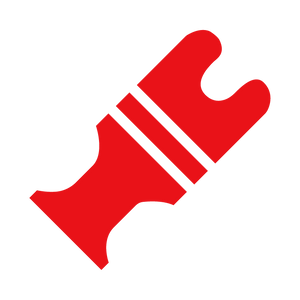 Oscillating Multi-Tool Blades
Oscillating Multi-Tool Blades
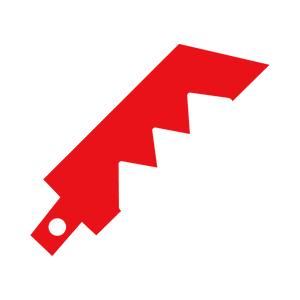 Reciprocating Saw Blades
Reciprocating Saw Blades
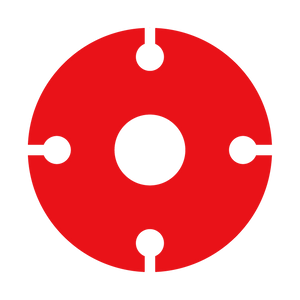 Cutting & Grinding
Cutting & Grinding
 Hole Saw
Hole Saw
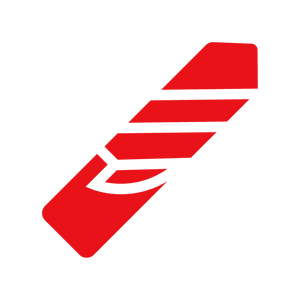 Drilling
Drilling
 Sanding & Polishing
Sanding & Polishing
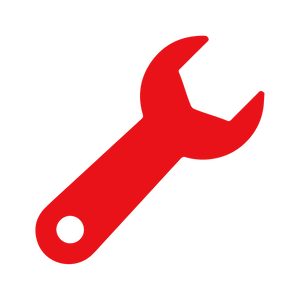 Hand Tools
Hand Tools
 Metal Worker & Fabrication
Metal Worker & Fabrication
 Woodworking & Carpentry
Woodworking & Carpentry
 Electrical & Plumbing
Electrical & Plumbing
 Automotive
Automotive
 Concrete & Masonry
Concrete & Masonry
 Demolition
Demolition
 NEW ARRIVALS
NEW ARRIVALS

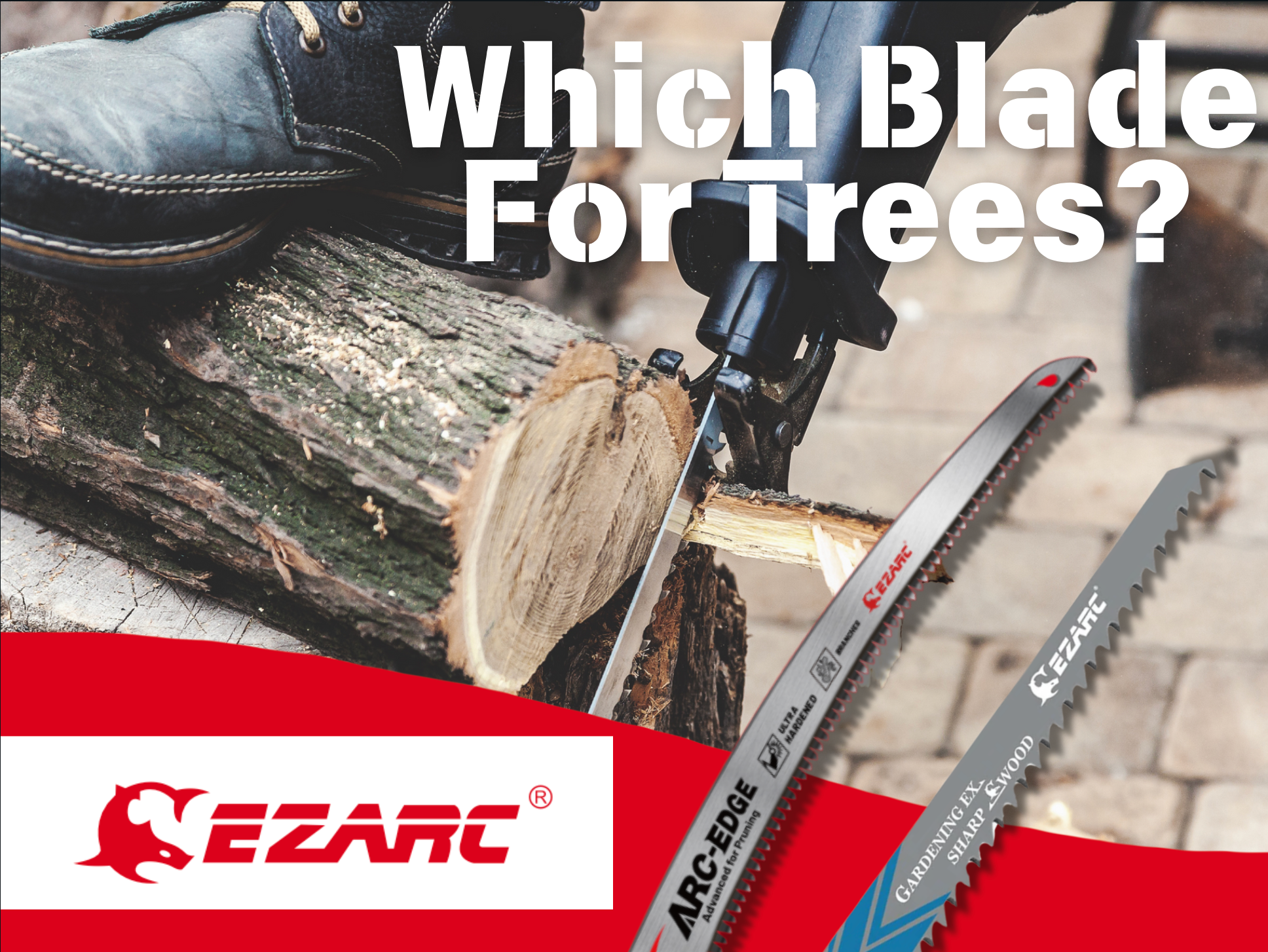

Hinterlasse einen Kommentar
Diese Website ist durch hCaptcha geschützt und es gelten die allgemeinen Geschäftsbedingungen und Datenschutzbestimmungen von hCaptcha.